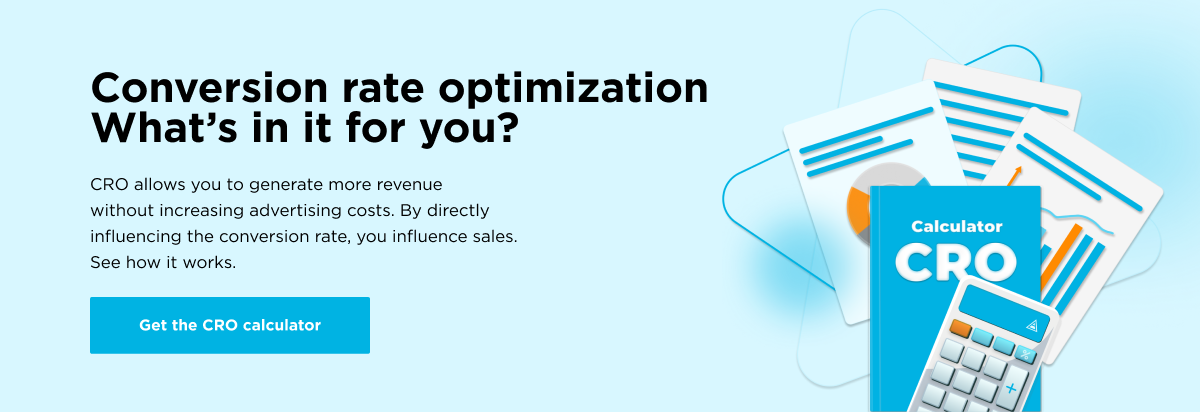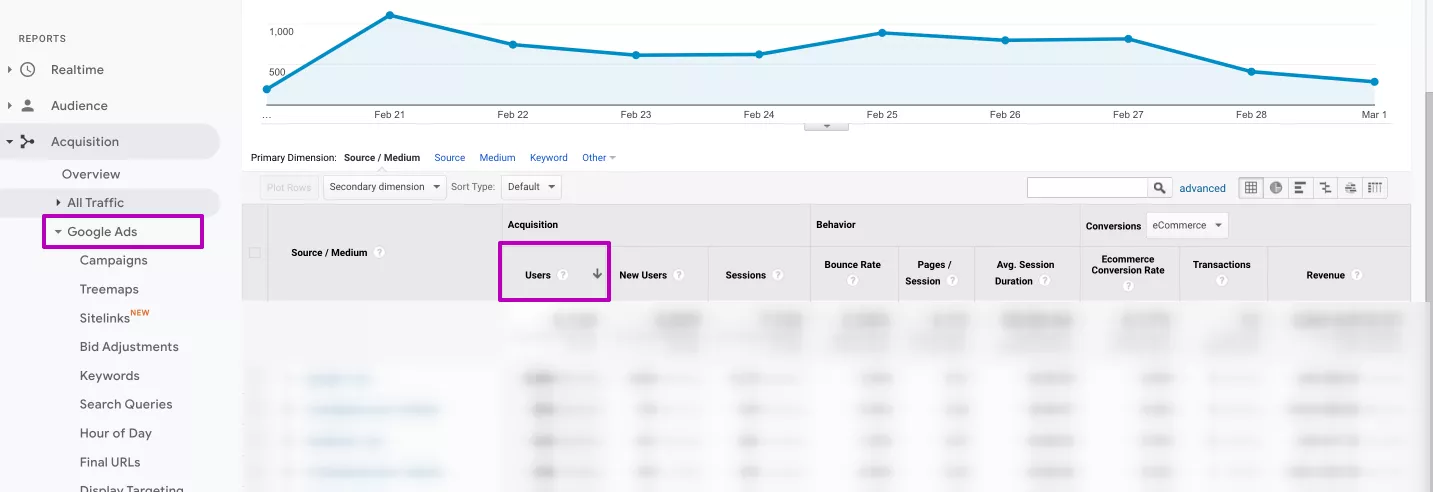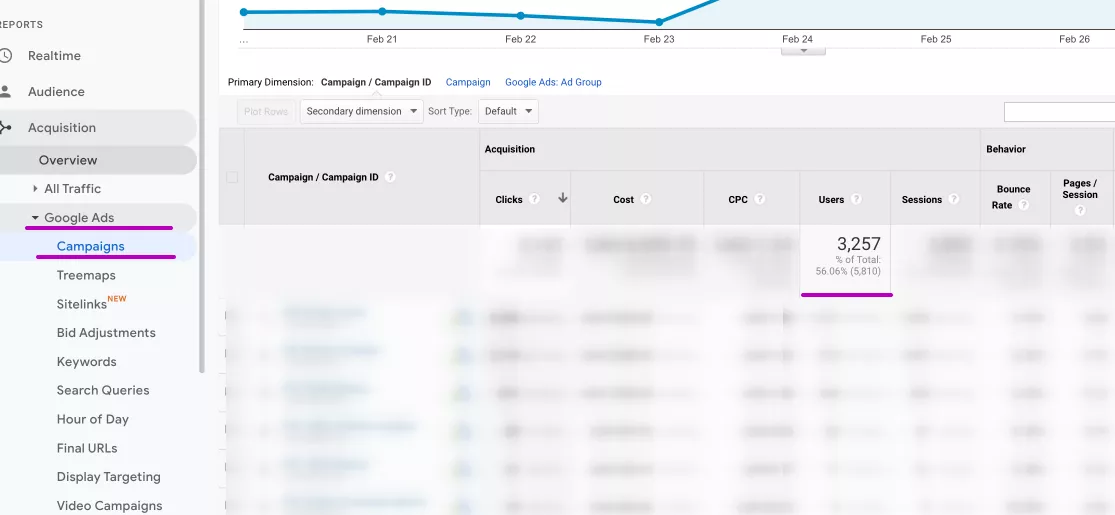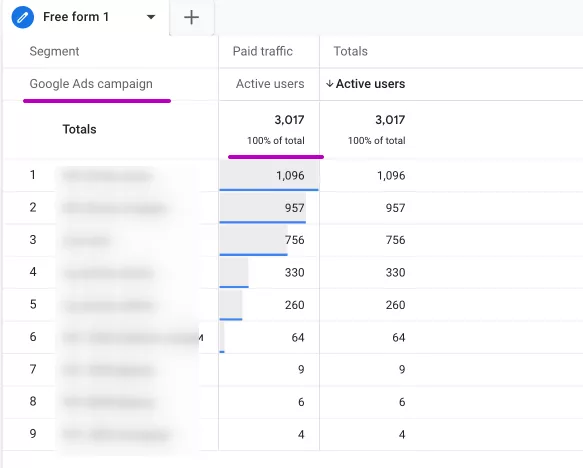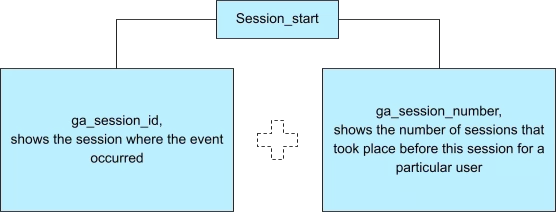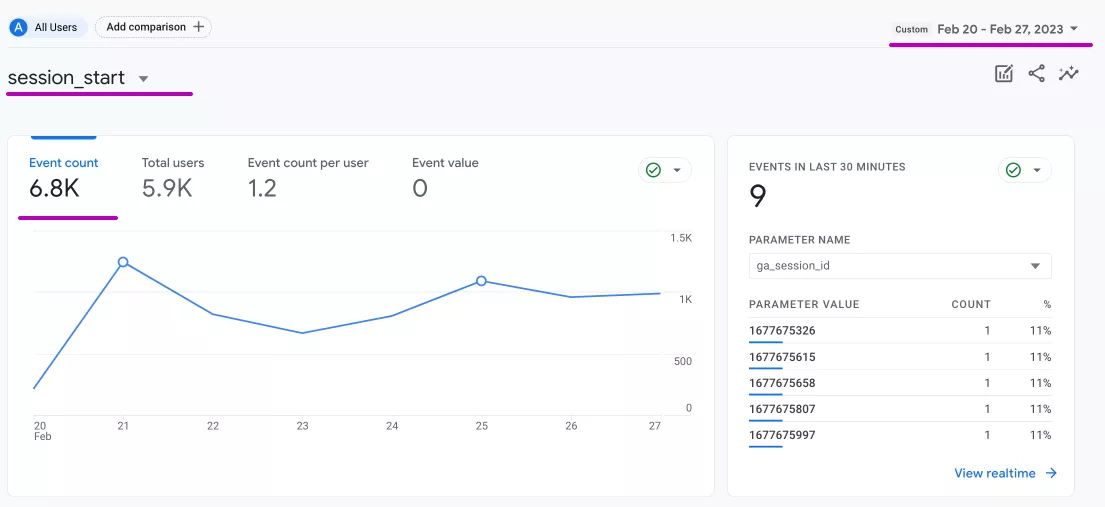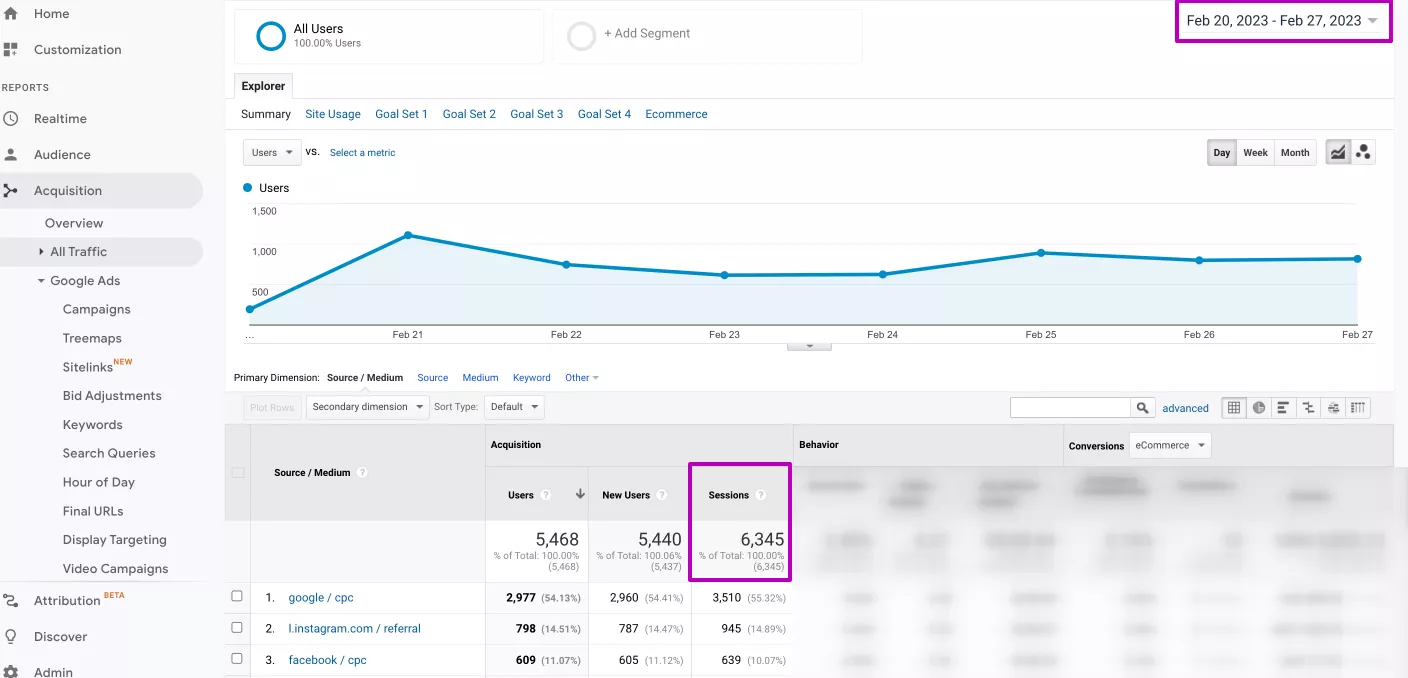Sessions and Users: Key Differences Between Universal Analytics and Google Analytics 4 for PPC
Sessions and users are important business metrics that are tracked by website analytics services. Commonly used in paid advertising reports, these metrics help us calculate the average revenue per user (ARPU), loyalty, transaction rate, and conversions per user. In Universal Analytics, PPC specialists have a clear understanding of sessions and users. But Google Analytics 4 (GA4) has a different way of tracking these metrics. This article discusses the new features of the sessions and users metrics in GA4 and how they can influence optimization processes in advertising.
Web analytics underpins conversion optimization. What will CRO get you? Find out with Netpeak's calculator.
Comparing Users in Universal Analytics vs. Google Analytics 4
In general, a user is represented by a set of sessions under a unique cookie. This cookie contains the unique Universal Analytics Client ID that is automatically given to each user. This allows you to remember user preferences and keep track of the number of times the same user visits your website. Also, the Client ID comes in handy when you are doing end-to-end analytics.
In Google Analytics 4, instead of Client ID, this parameter is called the app-instance ID. There is also a User ID – a unique user identifier that is assigned to the user on the website after registration.
In Universal Analytics reports, the main metric is total users (also referred to as users).
While in Google Analytics 4 reports, the main metric is active users.
Do note that GA4 also has the total users metric; it can be selected in
In essence, Universal Analytics uses total users, while GA4 uses active users — this distinction can radically affect advertising reporting.
What is the difference between users in GA4 and Universal Analytics?
To see the difference between the analytic services, install GA4 to get statistics. Then, go to the Explore section.
Open the template gallery and select an Exploration report. You can then see the difference between the two analytics in terms of the users metric.
On the left side menu of the editing panel (which is similar to Google Looker Studio, a tool for converting data into customizable informative reports and dashboards), there are variables. Depending on your needs, you can select variables to appear on the report.
For example, here we have the following variables (1): paid traffic (2) and the number of active users (4) by campaign parameter (3).
It’s possible to add other metrics to your GA4 reports in the same way.
While the Universal Analytics report may look more familiar, it's still not as meaningful as GA4 reports.
Universal Analytics data:
Google Analytics 4 data:
As you can see, there is a significant difference between metrics. This is mainly because an active user in GA4 is a user with an engaged session registered, while users in Universal Analytics are visitors with at least one session registered. In other words, in GA4, if a user interacts with a website for a certain period, the analytics system registers the session and automatically collects the events. In contrast, Universal Analytics, registers a session but does not automatically collect events.
*The difference shown in the example is specific to this project; data in other projects will vary.
How do differences in the users metric influence advertising report calculations?
Let's say you are creating a report for your client with user dynamics by geography. You want to find out how many website visitors made calls, purchases, or other conversions.
After connecting to GA4, you may notice a decrease in the number of users. Keep in mind that this difference is because active users in GA4 are users with engaged sessions.
Thus, the report becomes more accurate in GA4 because the resulting data takes into account a more relevant and high-quality population of users.
Comparing Sessions on Universal Analytics vs. Google Analytics 4
In Universal Analytics, a session is a series of specific user actions on a website, such as navigating to pages, clicking on buttons, or accessing blog articles.
For example, the image below depicts a conditional container with different actions:
- two page views
- two events (for example, clicks)
- a social interaction and a transaction
The session ends after 30 minutes of inactivity, at midnight, or when the traffic source changes.
What are sessions in Google Analytics 4?
In Google Analytics 4, a session is an event instead of multiple hits. The automatic "session_start" event causes each session to be recorded.
Session_start is characterized by the creation of the ga_session_id identifier and the ga_session_number:
- The ga_session_id shows the session where the event occurred.
- The ga_session_number shows the number of sessions that took place before this one for this particular user.
These parameters (ID and number) are associated with each event on the website within a single session.
Session_start in GA4 is, in fact, the number of unique engaged sessions on the website (clicks, page views, etc.).
Why is there a difference between the number of sessions in GA4 and Universal Analytics?
GA4 may record a different number of sessions than Universal Analytics. If you have both resources connected, you can compare this change.
Google Analytics 4 data:
Universal Analytics data:
One reason for this is because GA4 does not change the session when the ad campaign source changes; while in Universal Analytics, a new session will be created. Also, in Universal Analytics, a session that starts on one day and ends the following day is split into two different sessions; in GA4, it's counted as the same session, but it's ccollected for each of these days.
Google Analytics 4 might be able to count sessions more accurately and with less error. This is true for both the standard reports in GA4 and the integration of GA4 data with other reporting systems. For example, advertising reports that make use of BigQuery and Power BI*.
Conclusions
- An advertising report is mainly based on sessions and users because these are the first metrics that influence the relative indicators at the lower levels of the report. A user is a visitor to a website, while a session shows us the sequence of user actions on the website.
- In Google Analytics 4, the main indicator is an active user. Compared to the previous analytics version, the main difference in GA4 is that only engaged sessions are recorded, as opposed to at least one session.
- In Universal Analytics, sessions are a generalized sequence of user actions; while in Google Analytics, there are unique sessions with events that have already occurred.
Here is a table that sums up the key differences in users and sessions between the two analytics services.
|
Universal Analytics |
Google Analytics 4 |
|
Users |
Total users (users) is the main indicator. |
Active users is the main indicator. |
|
Users are website visitors with at least one registered session. |
An active user in GA4 is a user with a registered and engaged session. |
|
|
Calculated by Client ID. |
Calculated mainly by User ID. If User ID is not available (e.g., the visitor has not registered on the website), Client ID is used. |
|
|
The value may differ from its equivalent in Google Analytics 4, since it counts visitors who have at least one registered session. |
The value may differ from its equivalent in Universal Analytics because it takes into account only website visitors with engaged sessions. |
|
Sessions |
Session |
Session_start |
|
A session is the generalized concept of the user action sequence. |
The metric indicates the number of unique sessions for an event that has already occurred. |
|
|
A new session is recorded if there is a change in the ad campaign source. |
The session does not change if there is a change in the ad campaign source. |
|
|
A session that starts one day and ends the following one is split into two different sessions. |
A session that starts one day and ends the following day remains the same session, even though analytics records the data for several days. |
Recommended theme posts
Related Articles
How to Set Up Consent Mode in GA4 on Your Website with Google Tag Manager
Let's explore how to properly integrate consent mode in GA4, configure it for effective data collection, and at the same time comply with GDPR and other legal regulations
Display Advertising Effectiveness Analysis: A Comprehensive Approach to Measuring Its Impact
In this article, I will explain why you shouldn’t underestimate display advertising and how to analyze its impact using Google Analytics 4
Generative Engine Optimization: What Businesses Get From Ranking in SearchGPT
Companies that master SearchGPT SEO and generative engine optimization will capture high-intent traffic from users seeking direct, authoritative answers

